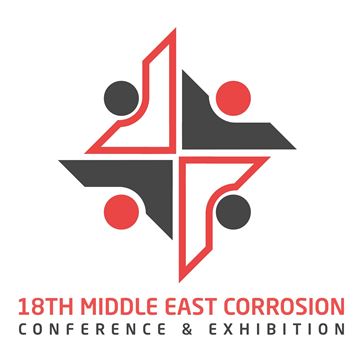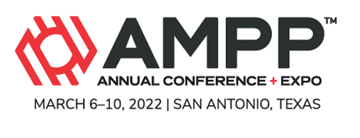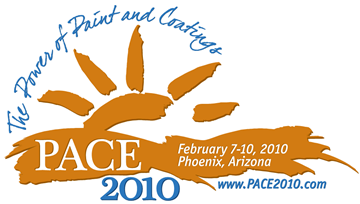Search
Individual Conference Papers
View as
Sort by
Display
per page
Utilizing 3D Printing in Oil and Gas Applications
Product Number:
MECC23-19931-SG
Publication Date:
2023
$20.00
Utilizing Corrosion Damage Morphology As An Indicator Of Microbiologically Influenced Corrosion (MIC) In Oilfield Waters
Product Number:
51322-17687-SG
Publication Date:
2022
$20.00
Utilizing IR4.0 Solutions to Transform a Conventional GOSP to an Intelligent GOSP (iGOSP)
Product Number:
MPWT19-15456
Publication Date:
2019
$0.00
Utilizing Polymer Technology to Avoid Moisture Problems
Product Number:
41206-237-SG
Publication Date:
2006
$20.00
Utilizing Sustainability ScoreCards to Quantitatively Analyze the Sustainability Impact of Applied Linings Systems
Product Number:
51324-21040-SG
Publication Date:
2024
$40.00
Utilizing Temperature and Humidity Sensors in Developing Corrosion Prevention Strategies
Product Number:
51319-13120-SG
Publication Date:
2019
$20.00
Utilizing Temporary Dehumidification For Long Term Lay-Ups of Shipping Vessels
Product Number:
41210-527-SG
Publication Date:
2010
$20.00
UV-Curable Organic Coating for Corrosion Protection of Inner Surfaces of Pipelines
Product Number:
51324-21025-SG
Publication Date:
2024
$40.00
Validating a Galvanic Corrosion Model under a Dynamic Electrolyte Droplet
Product Number:
51323-19015-SG
Publication Date:
2023
$20.00
Validating Digital Twin Model of a Complex Pipeline System
Product Number:
51323-18958-SG
Publication Date:
2023
$20.00
Validating EMAT Performance With An Operator
Product Number:
51321-16727-SG
Publication Date:
2021
$20.00
Validating ILI run with and without Data Loss
Product Number:
MPWT19-14353
Publication Date:
2019
$0.00












